July is Lost Pet Prevention Month. The summer months have the highest percentage of lost pets due to fireworks and vacation trips. Pethub launched this awareness month in 2014 to remind pet owners of the importance of keeping pets safe and preventing cats and dogs from running away.
There are many ways to prevent your pet from getting lost. This blog goes over important preventative measures such as microchipping your pet, updating and having pet ID tags, pet fences around the yard, installing barriers by doors, purchasing escape free collars and leashes and explains how to secure your pet in the car.
How to Prevent Your Pet from Getting Lost
Microchipping your Pet
Microchips are small electronic chips that are surrounded by a glass cylinder. These tiny identification transponders have a code that is unique to each pet. When scanned the code gives important information such as the name and phone number of the pet’s owner.
No intensive surgery is required to implant a microchip in your pet. The injection can be done without anesthesia during a routine vet visit and the transponder lasts for as long as the animal lives.
A microchip is not a GPS tracking device. What it does do is significantly increase the chances of your cat or dog being returned. To learn more facts and answers to questions about microchips read here.
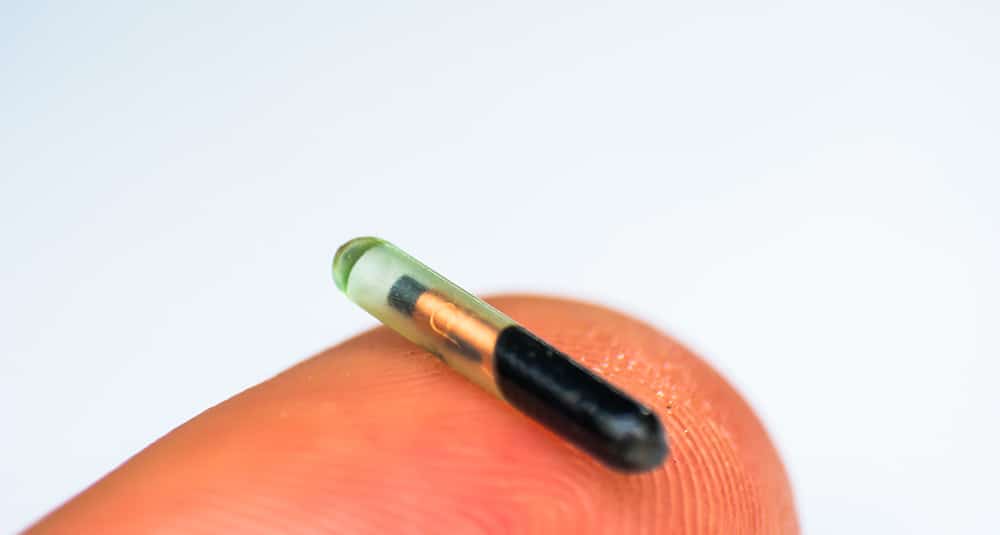
ID Tags for your Pet
Microchips do not replace pet ID tags. The Control of Dogs Order 1992 states that when a pet dog is in a public space they must wear a collar with tags that list their owners information. That information should include the owner’s name, address, phone numbers, and pet’s name along with the animal’s rabies vaccination.
Keep this information up to date. Pet ID tags give animal control, shelters and good Samaritans a way to contact owners immediately and reunite animals with their families quickly.
Majority of pet stores sell the small flat tags worn on collars and harnesses and offer a way to have important information engraved on the metal.

Pet fences for your Yard
There are many reasons as to why an animal may escape their yard. They may be bored, lonely, have anxiety, their prey drive kicks in or they feel the need to be protective. First, identify why your pet is leaving the yard. If the reason requires a fence, then the second step is to find the right fence.
A chain-link, wooden or vinyl panel fencing are all good choices. With any of these options make sure they are sturdily built and properly put together. Fortify the bottom of any fence and use secure latches to prevent your dog from digging under the fence or opening the gate to escape.
Electric fences can cause a dog’s anxiety to get worse. The fear of getting zapped makes them nervous in their own yard. On the other hand, a pet could develop the opposite reaction by getting used to the shocks and having the electric fence not deter them from anything. Read more about electric fences here to help you decide if they are the best option for you and your pet.
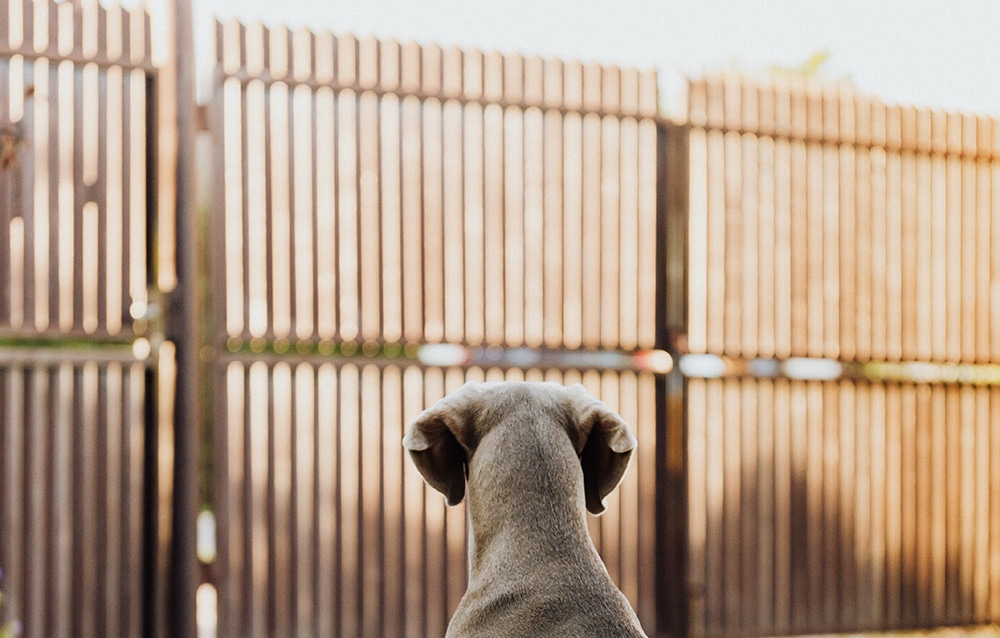
Prevent your Pet from Escaping Through the Front Door
The same reasons pets may escape their yard are the same reasons they may escape through the front door. The cat or dog may lack physical or mental exercise, their prey drive kicks in or they want to go and explore. Implement an exercise and play routine to help keep your pet stimulated and put into place ways to prevent them from getting out the door.
Baby gates and exercise pens are great ways to put a barrier between your pet and the front door. Communicate with everyone who is in your household or who is visiting your home to first guarantee that the cat or dog is behind the barrier before they open the door. Do this and significantly reduce the chances of a pet escaping.
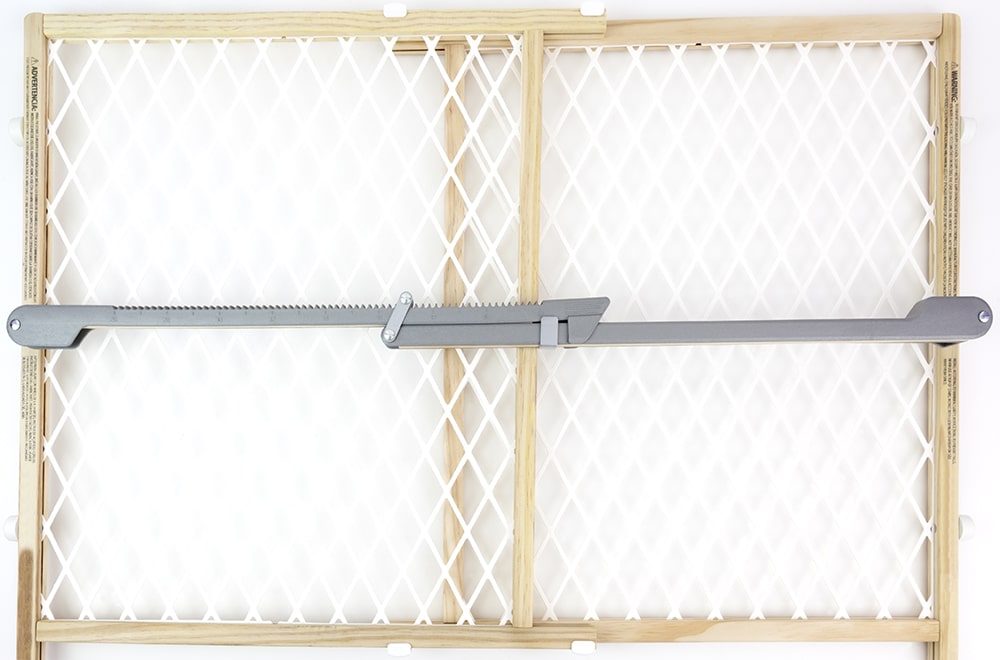
Escape Free Pet Collars and Leashes
Walking your dog in the big wide world can be very exciting for them. They may be so excited to be outside that they may escape. Prevent this from happening by getting rid of stretched out and old collars. Purchase a no slip collar or a harness to keep your dog securely by you as you walk.
Double check the snap hooks on the leashes to make sure they are secure. If a snap hook is rusty or worn out the connection between the leash and collar or harness is easily broken when pulled. If this happens, then it is time for a new leash. Read here to know the pros and cons of different collars, leashes and harnesses.
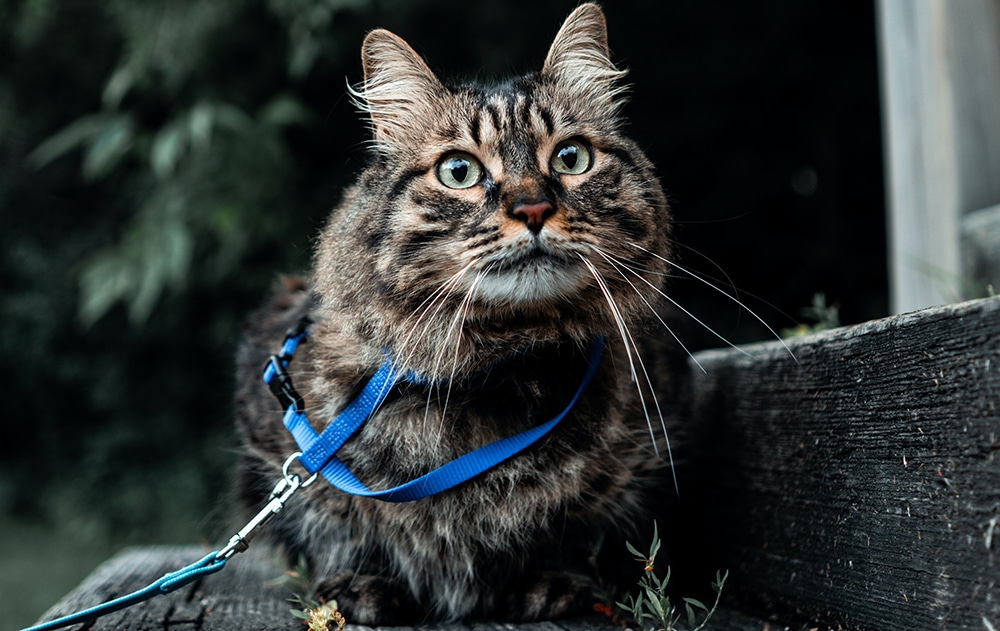
Secure your Pet in the Car
From time to time you need to bring your pet with you in the car. There are options, besides keeping the windows closed, to purchase to ensure your pet does not escape the vehicle.
A pet car harness generally wraps around your pet’s torso and chest. The harness is either clicked into the seat belt buckle or the car seat belt strap is slipped through the harness. Ideal for pets who normally do very well in a moving vehicle.
Another option is an elevated box or plush carry box. These boxes are placed in the back seat and allow the pet to have a good view of their owner and their environment. Good for small pets.
A third choice is a crate. Make sure to purchase a crate large enough for your pet to be able to turn around and stand up. Place the crate in the back seat and cover it with a blanket if your pet is particularly nervous about being in a car.
A fourth option is a back-seat barrier. This item works with large dogs who do not do well when restrained. They are able to see their owner and move around in the back seat. Secure the barrier attachments before starting the car.
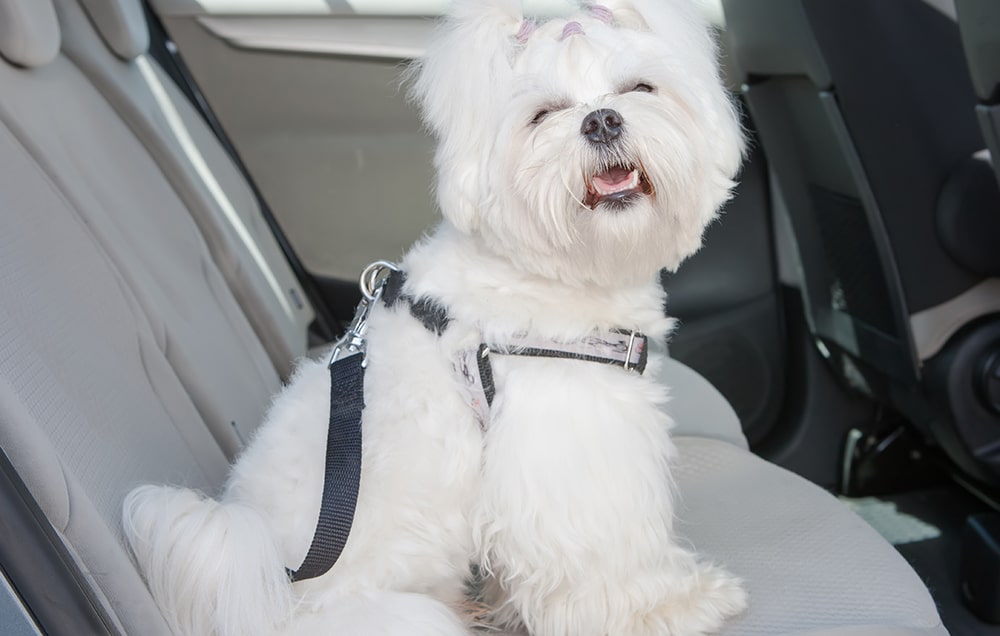
Lost Pet Prevention
Prevent your beloved pet from being lost to you forever. Implement these practices to ensure there is little to no chance of your dog or cat from escaping from the yard, house or car. Microchip and update pet ID tags to significantly increase the chances of your pet being returned to you in case they do get lost.



